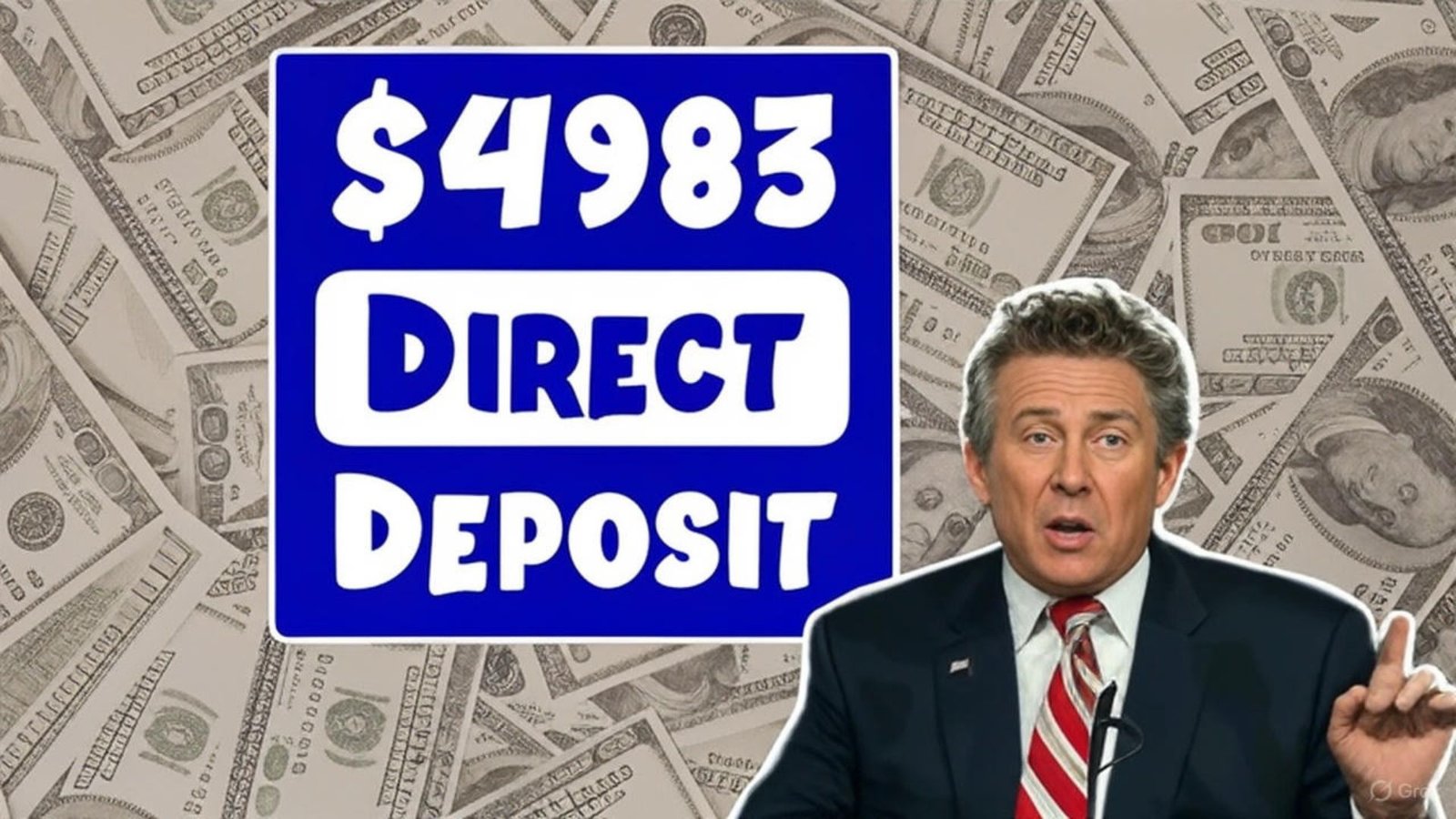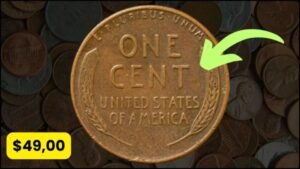Direct deposit is a popular way to receive payments quickly and securely without the hassle of paper checks. In 2025, more people and businesses are using direct deposit for salaries, benefits, and other payments. This article explains what direct deposit is, how it works, its benefits, and how to set it up in simple terms. Whether you’re new to direct deposit or want to understand it better, this guide has you covered.
What is Direct Deposit?
Direct deposit is an electronic payment method where money is sent directly to your bank account. Instead of getting a paper check, funds are transferred through a secure system, making it faster and more convenient. It’s widely used for:
- Payroll: Employers send salaries directly to employees’ bank accounts.
- Government Benefits: Social Security, tax refunds, or other benefits are deposited electronically.
- Business Payments: Vendors or freelancers receive payments for services.
This method eliminates the need to visit a bank or wait for checks to clear, saving time and effort.
How Does Direct Deposit Work?
Direct deposit uses a system called the Automated Clearing House (ACH) to transfer money between bank accounts securely. Here’s a simple breakdown of the process:
- Authorization: You provide your bank account details to the payer (like an employer or government agency).
- Payment Initiation: The payer sends the payment instructions through their bank.
- ACH Processing: The ACH network processes the transaction, usually within 1-2 business days.
- Funds Deposited: The money appears in your bank account, ready to use.
The process is safe, reliable, and widely used across the United States.
Benefits of Direct Deposit
Direct deposit offers several advantages over traditional payment methods like checks. Here’s why it’s a great choice:
Saves Time
You don’t need to visit a bank to deposit checks or wait for them to clear. Funds are available in your account on the payment date.
Secure and Reliable
Direct deposit reduces the risk of lost or stolen checks. The ACH network uses encryption to protect your financial information.
Eco-Friendly
By eliminating paper checks, direct deposit reduces paper waste, making it an environmentally friendly option.
Convenient Access
Money is deposited directly into your account, even if you’re traveling or unable to visit a bank.
Cost-Effective
Many banks don’t charge fees for direct deposits, and employers save money on printing and mailing checks.
| Feature | Direct Deposit | Paper Check |
|---|---|---|
| Speed | Funds available in 1-2 days | May take days to clear |
| Security | Encrypted electronic transfer | Risk of loss or theft |
| Convenience | Automatic deposit | Requires bank visit or mail |
| Cost | Usually free | Possible check-cashing fees |
| Environmental Impact | Paperless | Uses paper and mailing resources |
How to Set Up Direct Deposit
Setting up direct deposit is easy and usually takes just a few steps. Here’s how to do it:
Step 1: Gather Your Bank Information
You’ll need:
- Your bank’s name.
- Your account number.
- Your bank’s routing number (a 9-digit code that identifies your bank).
- The type of account (checking or savings).
You can find this information on a check, your bank’s website, or by contacting your bank.
Step 2: Provide Details to the Payer
Give your bank details to your employer, government agency, or whoever is paying you. They may ask you to fill out a direct deposit form.
Step 3: Verify the Setup
Confirm with the payer that your information is correct. Some organizations may send a test deposit (a small amount) to ensure everything is set up properly.
Step 4: Wait for the First Deposit
Once set up, your payments will start arriving directly in your account. The first deposit may take a little longer as the system processes your details.
Who Can Use Direct Deposit?
Direct deposit is available to anyone with a bank account, including:
- Employees: Most companies offer direct deposit for salaries.
- Retirees: Social Security and pension payments can be deposited directly.
- Freelancers and Contractors: Businesses often pay vendors via direct deposit.
- Government Benefit Recipients: Tax refunds, unemployment benefits, and other payments can use this method.
Even small businesses and gig workers are adopting direct deposit for its ease and speed.
Common Uses of Direct Deposit in 2025
In 2025, direct deposit is used for various purposes, including:
Payroll
Most employers use direct deposit to pay employees, ensuring salaries are delivered on time without delays.
Government Payments
Agencies like the IRS and Social Security Administration use direct deposit for tax refunds, stimulus payments, and benefits.
Online Marketplaces
Platforms like PayPal, Venmo, or other payment apps often allow direct deposit to transfer earnings to your bank account.
Recurring Payments
Freelancers and small businesses use direct deposit for regular client payments, making cash flow more predictable.
Tips for Using Direct Deposit Safely
While direct deposit is secure, here are some tips to protect your information:
- Share Details Securely: Only provide your bank details through trusted channels, like secure forms or encrypted emails.
- Monitor Your Account: Regularly check your bank statements for unauthorized transactions.
- Update Information: If you change banks, inform payers immediately to avoid payment delays.
- Use Strong Passwords: Protect your bank account with strong passwords and two-factor authentication.
Conclusion
Direct deposit is a fast, secure, and convenient way to receive payments in 2025. Whether it’s your salary, government benefits, or freelance earnings, this method saves time, reduces hassle, and keeps your money safe. By setting up direct deposit, you can enjoy quicker access to funds without the stress of paper checks. Follow the simple steps outlined above to get started, and always monitor your account for added security. With its many benefits, direct deposit is a smart choice for anyone looking to streamline their finances.
Frequently Asked Questions (FAQ)
What do I need to set up direct deposit?
You need your bank’s name, account number, routing number, and the account type (checking or savings). Provide these details to the payer via a secure method.
Is direct deposit safe?
Yes, direct deposit uses encrypted systems like ACH to protect your information. Always share your details securely and monitor your account for safety.
How long does direct deposit take?
Most direct deposits take 1-2 business days to process. The first deposit may take longer due to setup verification.
Can I use direct deposit for government benefits?
Yes, government agencies like the IRS and Social Security Administration offer direct deposit for tax refunds, benefits, and other payments.
What happens if I close my bank account?
If you close your account, inform the payer immediately and provide new bank details to avoid payment delays or issues.




